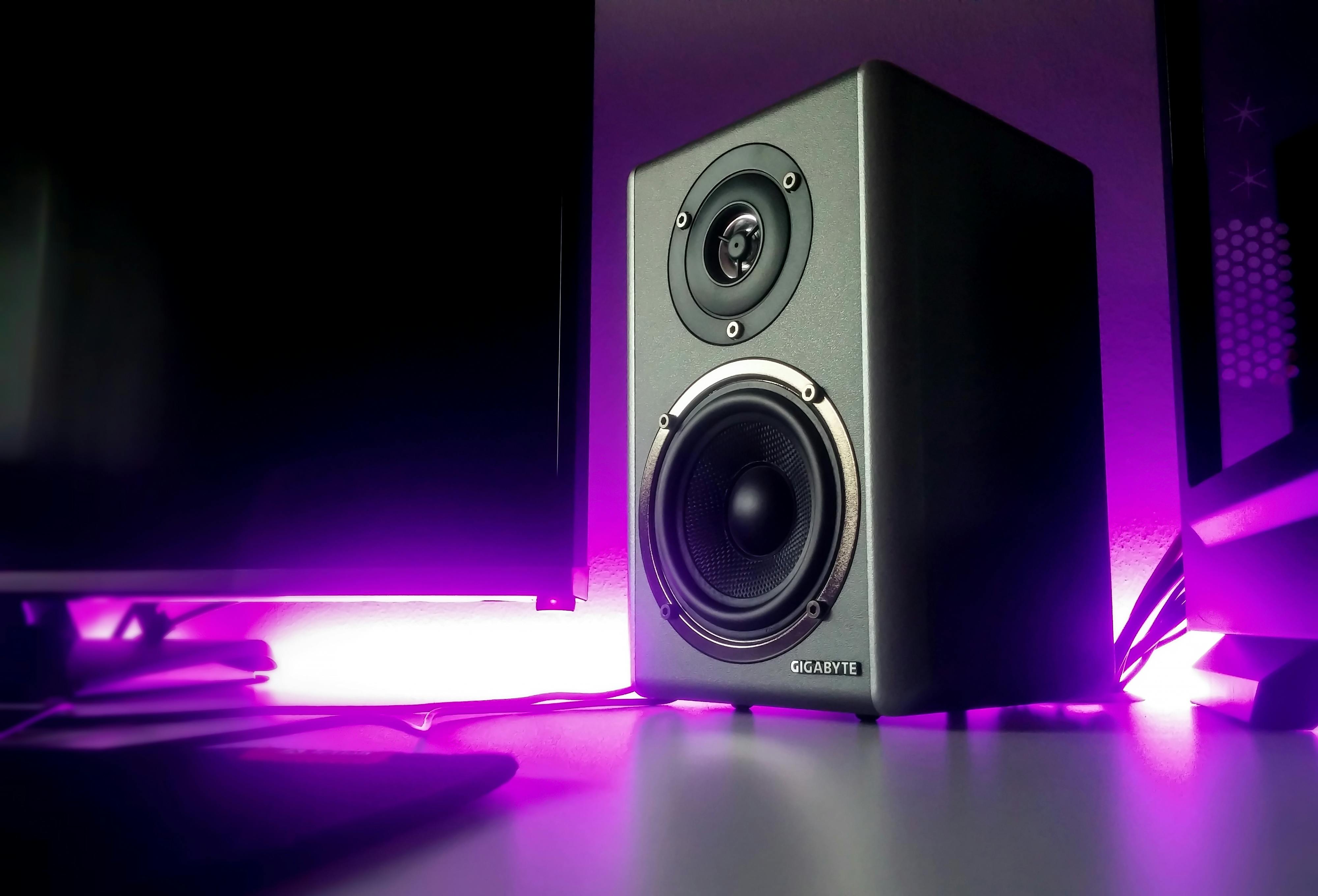insect macro photography
Have you ever wondered, “How can I become a better photographer? What is the best way to improve my photography skills? How can I earn money with my digital photography?“
Well, a great way to expand your photography skills is to dabble in a variety of new or different genres. This requires you to learn and develop new skills while solving problems of technique, lighting, subject posing, composition, and digital image manipulation, among others. Depth of field can also pose significant difficulties in macro photography sessions. Digital imaging of insects, spiders, and other small creatures is a genre that can make you a master of depth-of-field limitations. Here are some photography tips to help you get started.
Seven tips for taking digital photos
Remembering these macro photography tips will come in handy during an insect photo shoot.
Tip 1 Cooler temperatures can help to immobilize most insects when there are issues with moving subjects during the photo shoot. A burst of compressed CO2 or a few seconds in a cooler are practical techniques.
tip 2 When practical, use a covered clear or translucent container to control the insect’s range of motion when shooting. Small plastic storage containers work well for this—they’re easy to clean, lightweight, and widely available.
Tip 3 Try not to handle the insect during the photo shoot, as many species are poisonous, have a painful bite or sting. Wear gloves for some protection and use a wooden or plastic stick or spatula to safely move insects.
Tip 4 Use a contrasting color as the background to help your subject stand out. Remember that natural colors work best, but feel free to experiment. A simple collection of colored paper or flexible plastic sheeting can give you options for a variety of backgrounds. A colored cellophane lantern has also worked for me on many occasions.
Tip 5 Use a tripod and have a selection of close-up or macro lenses, bellows extensions and interchangeable filters on hand for the photo shoot. A tripod with flexible legs works wonders as it can be optimally positioned for some creative shooting angles.
Tip 6 Be careful about using hot light sources, as any extreme temperature can easily kill most insect species. Most insects do not sweat, so they do not have an internal temperature regulation system. Very hot lights, direct concentrated sunlight, or an enclosed area with little or no ventilation can be deadly to your photographic specimens, so be careful about the temperature.
Tip 7 If the species is nocturnal, dim lighting will allow the subject to move more naturally and freely. Under strong or harsh lighting, the insect can completely “hide” or “freeze”. Insects can be positively or negatively phototrophic, meaning they are either attracted to light, like houseflies, or repelled by bright light like most species of cockroaches.
insect digital photography
With literally millions of insect species known around the world, your insect and spider macro photography can be truly unique and individual. Only in the Amazon jungle region there are more than two and a half million species of insects. No matter where you live, there are thousands of species all around you, each waiting to be photographed using their unique combination of vision and abilities.
Granted, if you’re assigned to a research station in Antarctica, your selection may be a bit more limited. But I’d wager that even in arctic climates you’d be able to catch some crawling, writhing, or flying pests to attack them. Digital images of insects, spiders and other tiny creatures will provide you with an increasing opportunity to develop new skills and increase your photographic knowledge and technique. This always helps create more creative and profitable options for you as a digital photographer.

